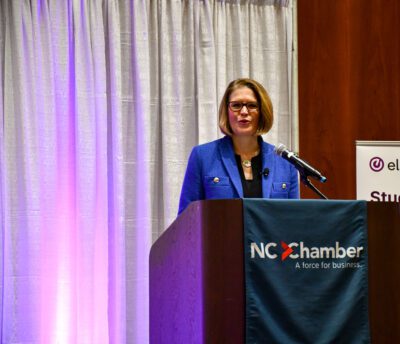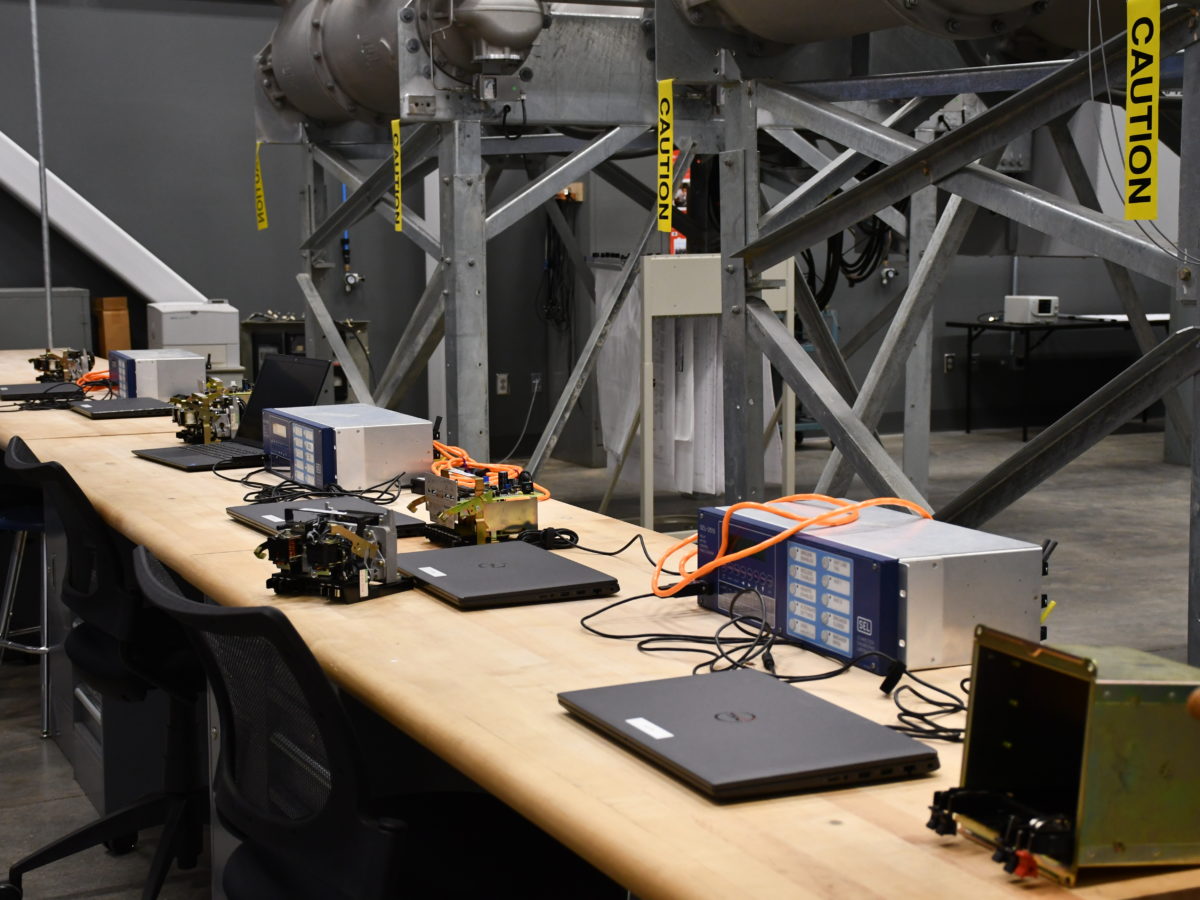
A new report from Indeed finds that a quarter of U.S. jobs could be “highly” transformed by generative artificial intelligence (GenAI), but only 1% of skills can be independently executed by GenAI.
The “AI at Work” report, published by Indeed Hiring Lab, concludes that the majority of the 53.5 million job postings analyzed are poised to be “moderately transformed” by GenAI. That means these jobs are unlikely to change drastically overnight, but will likely evolve meaningfully as the adoption of GenAI rises. The successful transformation of these jobs will depend on how employers adopt GenAI models and how employees adapt to new skills.
“What we are witnessing now is not a temporary phase; it’s the structural shift that underpins how GenAI is beginning to rewire the DNA of jobs,” reads the report.
![]() Sign up for the EdWeekly, a Friday roundup of the most important education news of the week.
Sign up for the EdWeekly, a Friday roundup of the most important education news of the week.
Indeed’s GenAI Skill Transformation Index
The report’s authors developed the GenAI Skill Transformation Index (GSTI) to measure GenAI’s potential to change the way workers use their skills or perform their jobs. The index is able to measure GenAI’s likelihood to transform a skill by capturing the relationship between a skill’s cognitive and physical demands.
This approach can help workforce development leaders think about GenAI’s impact on jobs and skills along a spectrum of transformation rather than taking a binary view. In other words, the GSTI provides insight on how specific jobs and skills within occupations could transform in the future — not just whether or not GenAI will fully replace an employee.
To account for cognitive demands, the index measures problem-solving ability by looking at what the report describes as “the degree to which a skill requires cognitive reasoning, applied knowledge, and practical judgment, and how well GenAI can replicate it.” The index also accounts for each skill’s physical demands, measuring “whether a skill requires physical execution and thus lies outside the current scope of GenAI.”
Indeed economists applied the GSTI to 2,884 common job skills extracted from 53.5 million U.S. job postings listed on Indeed between May 2024 and April 2025. Their assessment surfaced four areas of potential GenAI-driven skill transformation, and each job skill was placed within one of these four transformation zones.
- Minimal transformation (40%): Job skills where either necessary human physical requirements or GenAI’s limited reasoning capabilities mean it’s likely that these job skills will remain unchanged. Examples include patient care, employee relations, and network administration.
- Assisted transformation (19%): Job skills where GenAI can offer generic support, but where humans need to intervene to practically apply the skill. Examples include teaching, writing, and interpreting law.
- Hybrid transformation (40%): Job skills where GenAI can perform most routine work, but human oversight is still essential to the job being done correctly. Examples include medical coding, proofreading copy, and travel planning.
- Full transformation (Less than 1%): Job skills where GenAI could independently execute well-structured tasks. Examples include basic math, prompt engineering, and image classification.
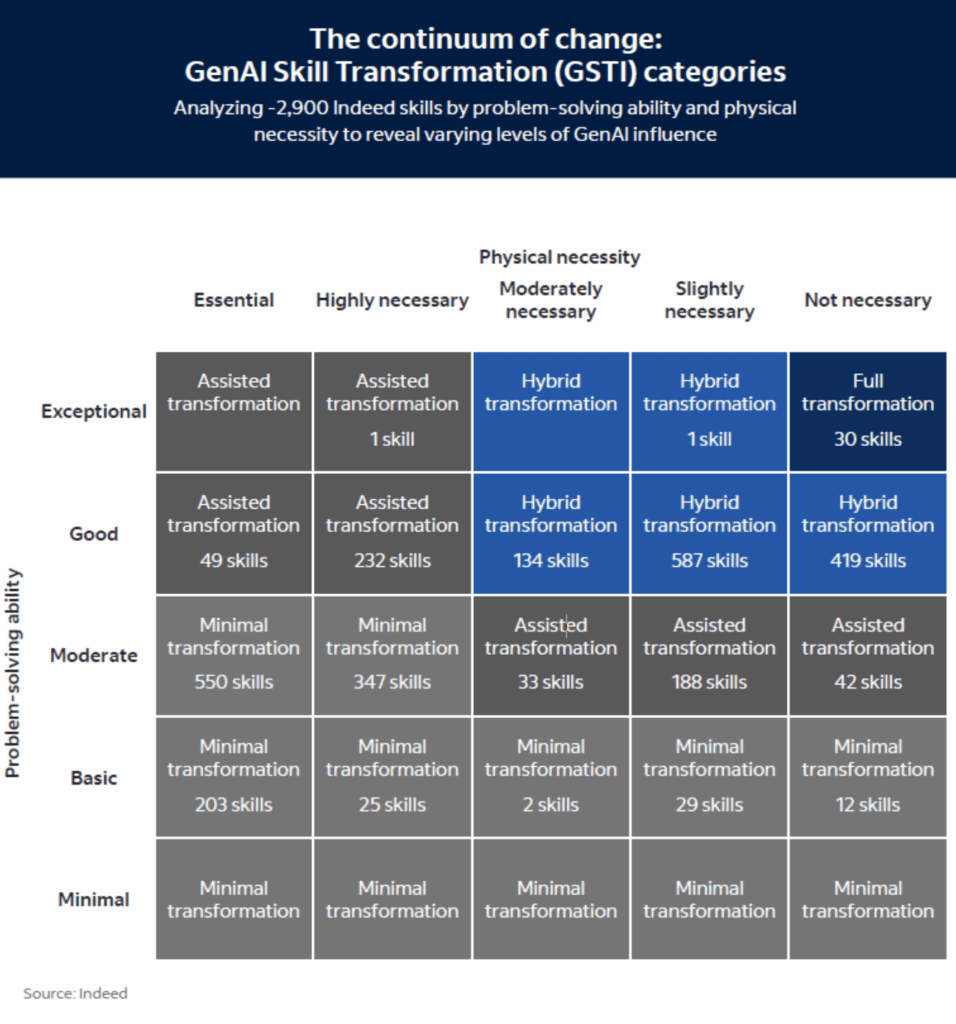
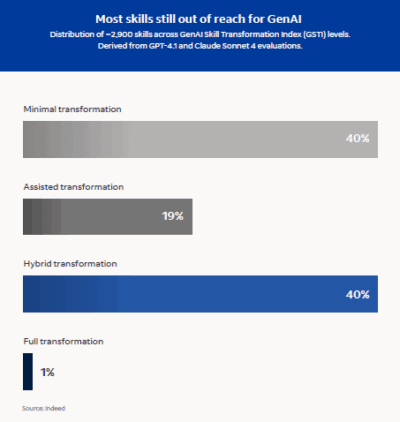
This analysis reveals that many of the almost 2,900 common job skills are “still out of GenAI’s reach,” as 40% are poised for minimal transformation and less than 1% — 19 skills — are expected to fully transform.
However, in Indeed’s initial 2024 analysis, zero skills were categorized as “full transformation.” The increase in the number of skills in this category highlights that GenAI models have become more sophisticated in a relatively short period of time, and that more skills will likely cross the threshold into deeper transformation categories (e.g., “full” and “hybrid” transformation) as GenAI continues to develop.
Transformation varies across types of jobs
The report also used GSTI to measure the share of transformed skills across occupations.
In a typical job posting, 46% of necessary skills listed fell into “hybrid” and “full” transformation zones. This means that “under optimal conditions, GenAI could potentially profoundly reshape almost half the skills needed by a typical worker.”
The jobs most highly exposed to GenAI are those in software development, data and analytics, and accounting. On the other end of the continuum, nursing, child care, and construction occupations have the lowest share of skills that fall into the deep transformation categories. More specifically, 81% of skills in a typical software development job posting fell into the hybrid transformation category, while 68% of skills in a typical nursing position fell into minimal transformation.
“By analyzing the core skills within these occupations and their relative exposure to GenAI, we can gain insight into those skills and tasks expected to remain more person-forward vs. those which may be taken over by GenAI, and, ultimately, how jobs may change going forward,” reads the report.
Businesses, schools, and universities are in different stages of integrating GenAI into their workflows, lessons, and courses, and their decisions have the ability to shape what future jobs might look like.
The graph below shows how many job postings are highly exposed to GenAI transformation, revealing a “middle majority” — 54% of job postings fall into the moderate transformation category.
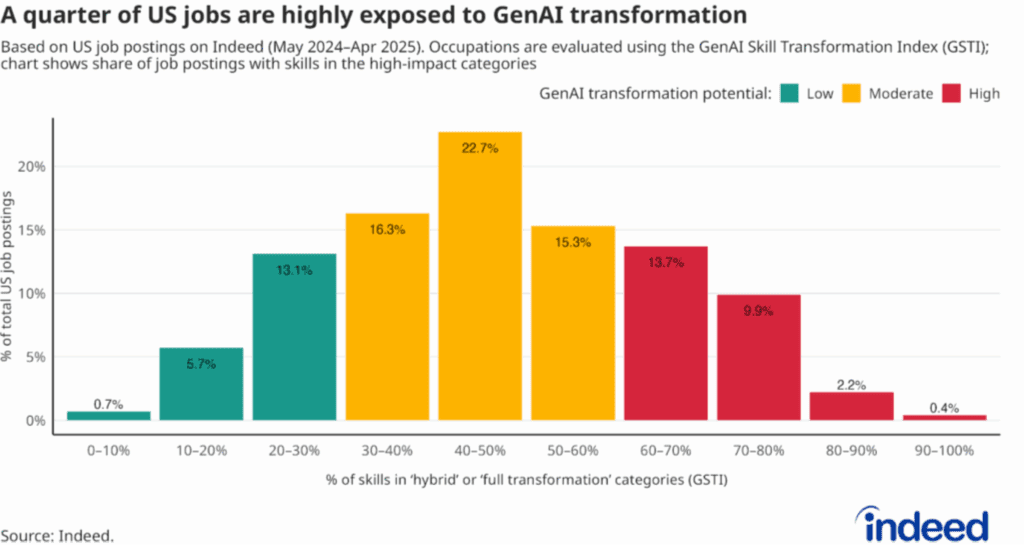
This “middle majority’s” importance, according to the report, is the fact that it is comprised of mainstream jobs that make up a large portion of the labor force.
“Unlike high- or low-exposure roles, where the trajectory is relatively straightforward, moderate-exposure jobs are more sensitive to decisions made by employers, policymakers, and technology providers,” the report reads. “Whether these roles shift toward greater automation or remain primarily human-led will depend on how organizations adopt GenAI tools, how quickly workers are reskilled, and how job design evolves.”
Related Reading
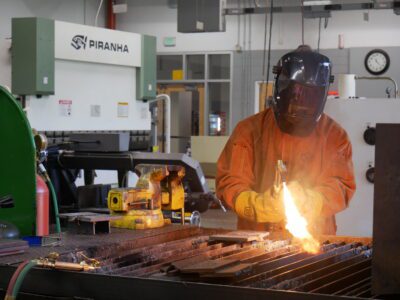
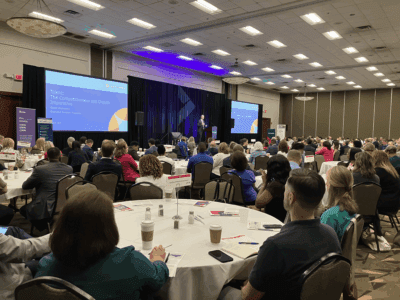
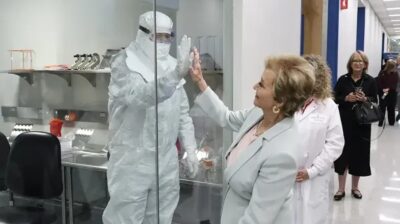
State and federal shifts
In North Carolina, the 2024 NC Chamber Education and Workforce conference, an annual convening of the state’s key stakeholders in education, business, government, and nonprofit sectors, focused on the future of work relative to AI’s impact on the workforce. This year’s conference encouraged collaboration between education and business leaders as they navigate AI-induced transformations.
Efforts to prepare North Carolina’s workforce for the future of AI have already begun. Many of the state’s 58 community colleges, for example, have added AI-related courses and degrees to their offerings in response to technology changes.
Multiple federal efforts are also underway to embed AI as a core objective of workforce education and programming.
Weeks after taking office, President Donald Trump called for the creation of America’s AI Action Plan. Released in July 2025, the action plan outlines policies around three pillars that will “sustain and enhance America’s global AI dominance in order to promote human flourishing, economic competitiveness, and national security.” Under the second pillar, “Build American AI Infrastructure,” the action plan details recommended policy actions to train the skilled workforce needed to build, operate, and maintain AI infrastructure.
Also in April 2025, Trump signed an executive order titled “Advancing Artificial Intelligence Education for American Youth.” Its purpose is to promote AI literacy and proficiency by promoting its integration into education, providing comprehensive AI training for teachers, and encouraging the future workforce’s early exposure to AI concepts and technology. The executive order directs the secretary of labor to increase participation in AI-related registered apprenticeships and encourage states to use Workforce Innovation and Opportunity Act (WIOA) funding to develop AI skills and support work-based learning opportunities within occupations that use AI. The U.S. Department of Labor issued that guidance in August 2025.
The same executive order also directed U.S. Department of Education Secretary Linda McMahon to issue guidance on the use of federal grant funds to improve education outcomes using AI. The department published its guidance in July 2025, and it included McMahon’s announcement that advancing AI in education would be her fourth grantmaking priority.
Recommended reading

